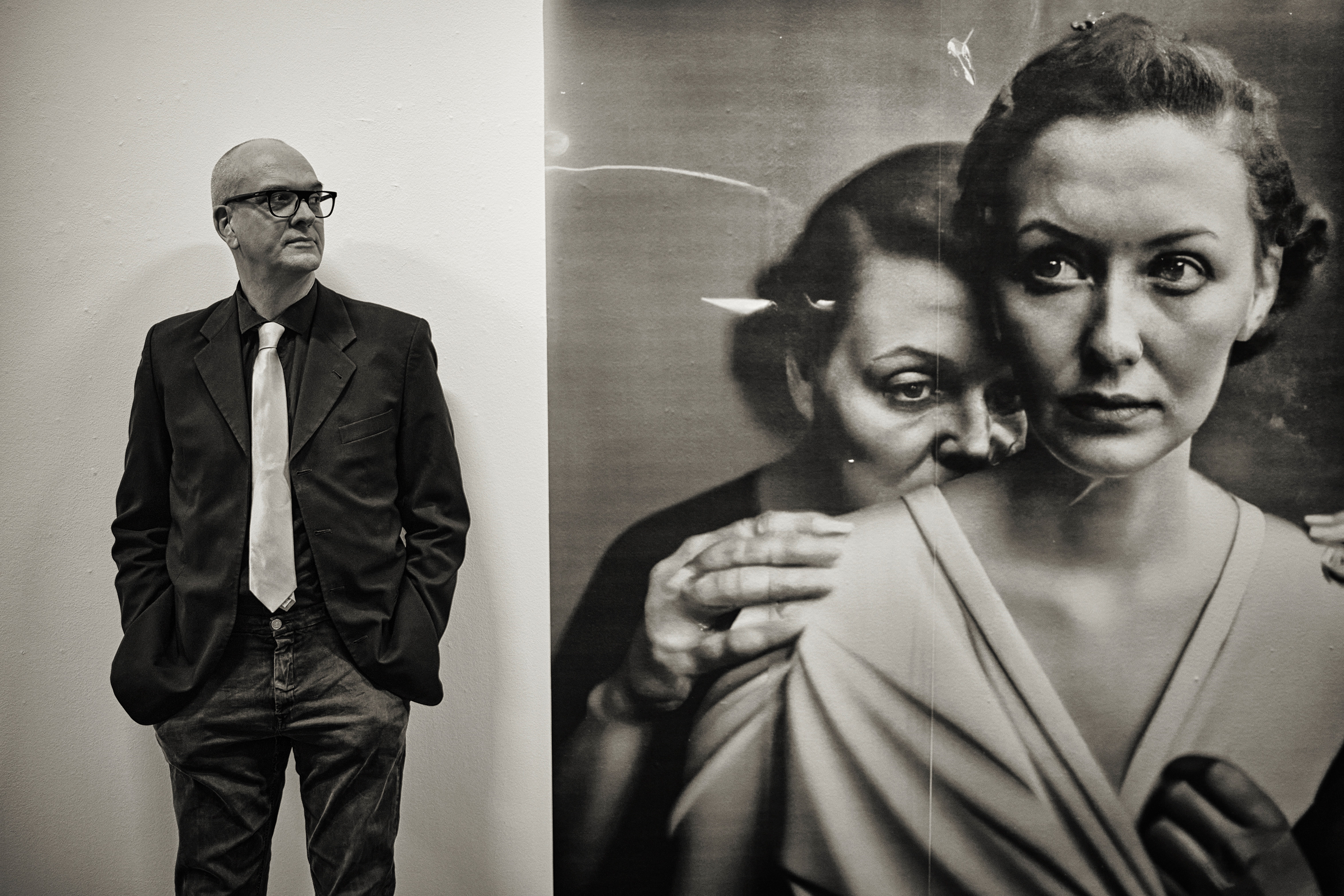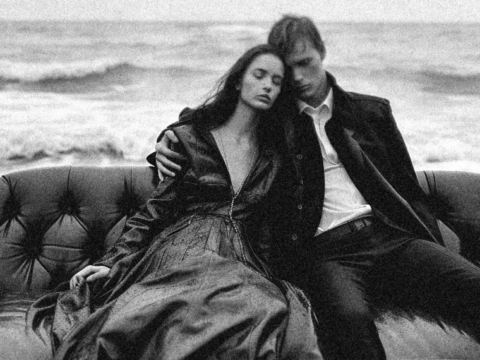Barbara: Boris, you were born as a photographer and artist: what initially attracted (or scared) you to AI and programs like Midjourney, DallE, etc?
Boris: To be able to work without material restrictions, just from my imagination, using my experience and knowledge to create images I haven’t been able to produce with photography.
Barbara: Why did you think it was right to warn people about their inability to recognize truth from falsehood? (I’m thinking of your provocation at the SONY AWARDS, obviously). And compared to your initial provocation, do you think that after exactly one year things have changed in our society?
Boris: As early as in Sept 2022 I realized the huge impact AI image generators will have on photography, art, society. And as the technological development was constantly accelerating – while the photo community was frozen in shock – I saw an opportunity to close this gap and do something good while kicking off the necessary debate.
Barbara: In the last year, how has your way of relating to photography, art and News changed?
Boris: Did things change after one year? Yes, but not enough. What did change is that journalists are now aware of the new situations and that most broadcasting stations and publications have their own AI team and podcasts by now.
But the majority of citizens are not fully aware that they cannot trust images, moving images and sounds anymore. And that as democratic societies we need to come up with a system that supports the authenticity check of the free press.
I am still shocked that World Press Photo thought it would be a good move and add an AI category to their competition. While doing so, they destroyed the core of their brand, which is promoting authentic photography. Why on earth did they want to do this? Good that their audience was smarter than them and that the protest of former award winners was so big, that they pulled back their idea.
My way of relating to images that look like photography (on social media) has changed, if it is about news / information. By default I assume it is generated, until proven otherwise.
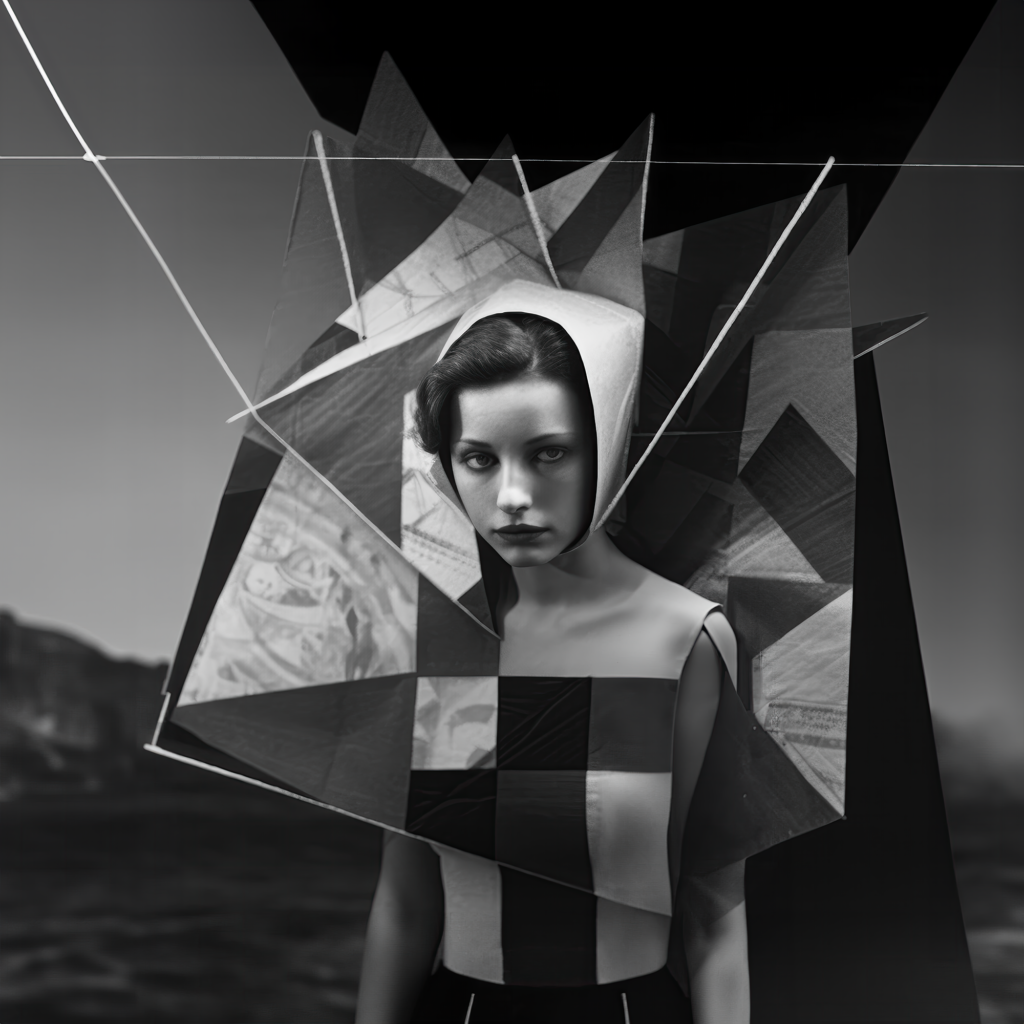
Barbara: I was also shocked that WPP even thought about including AI in their competition. This, together with many stock agencies now selling AI images and contemplating editorial use (see ADobe stock) makes it clear that in the future we will most likely see many AI images in magazines and newspapers. Maybe with limits, certainly, but the thing is slowly and implicitly authorized. And without legislation to this effect, the limit will increasingly be in the hands of individual publishers or editorial teams.
Boris: About Stock photo…just a short info….I am in the AI working group of “Deutscher Fotorat” (German Photo Council). We are about 15 members in the AI working group and we represent over 30 professional photographer’s association through all sprectrums of photography (art, advertising, photojournalism, architecture, female photo club etc…..) . As such we have been in contact with Adobe about the stockphoto problem of fake AI images being mixed with authentic photojournalistic images and using the same keywords. Adobe said that they want to fix the problems and they changed and sharpened their guidelines and set up a team of moderators to check suspicious and new content. And that they found our input valuable. Because this is all new and an improvement work in progress
Barbara: how do you feel not trusting things you see online anymore?
Boris: I got used to it. Working as a freelancer in digital media since 2000 I have always been aware of how people can cheat and fake online. I remember that when i became aware of the impact that AI images will have on photography, photojournalism and democracies I was shocked. That was August 2022. Now it is just something that I know has changed and will change even further. It is a fact. And we need to be aware of it and deal with it, join forces to shape the future together. You need to be aware of the positive and negative sides of AI, in order to shape it in a way where the negative effects are minimized, and the positive maximized.
But regarding art, nothing has changed. Art can be produced with any tool. An artwork should give an impulse for an inner journey, and it doesn’t matter how it was produced.
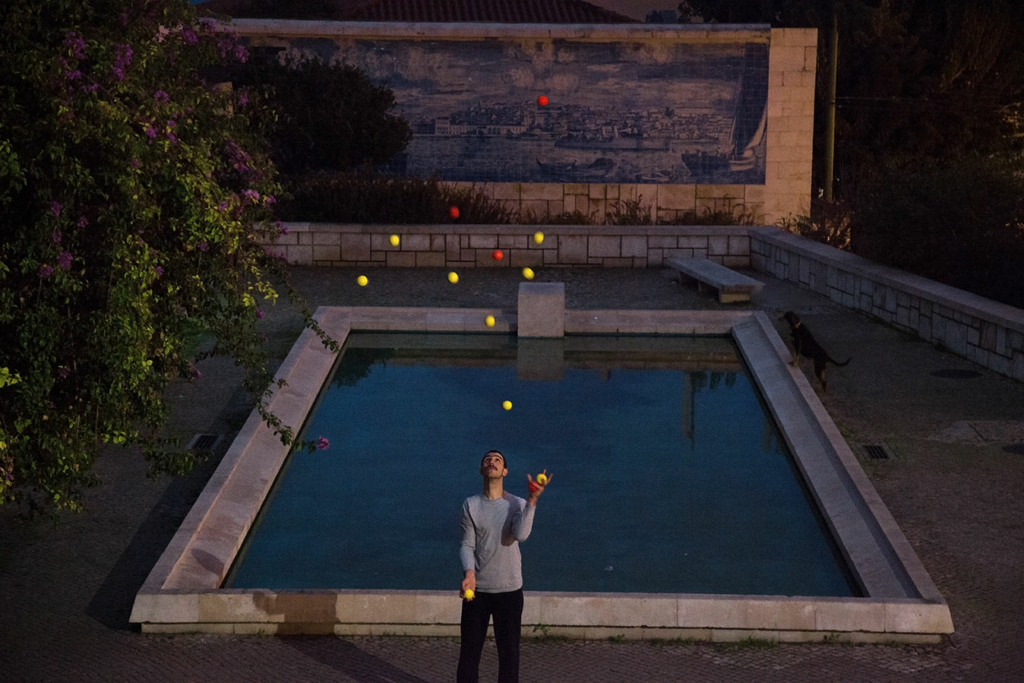
Barbara: on art, in your case, it is clear that nothing has changed. Your AI works are extremely consistent with those created before and as far as I’m concerned you are the demonstration of how you can make art while remaining true to yourself and your vision. More than a few times I have heard people say that with AI there will be more art, because even those who were not able to produce it before will now be able to do it. What do you think about it?
Boris: yes, I think it will be like that.
CHATGPT v4 : Considering your artistic work that explores the boundaries between reality and perception, how do you see artificial intelligence integrating with or influencing contemporary visual art, especially in terms of creating new dimensions of experience and interpretation for the viewer?
Boris: I have been surprised constantly in the last 2 years. This will continue. THis is the only prediction I can make. For my personal artistic work, I will continue to use AI to generate image I have not been able to do otherwise in my past 30 years of artistic work.
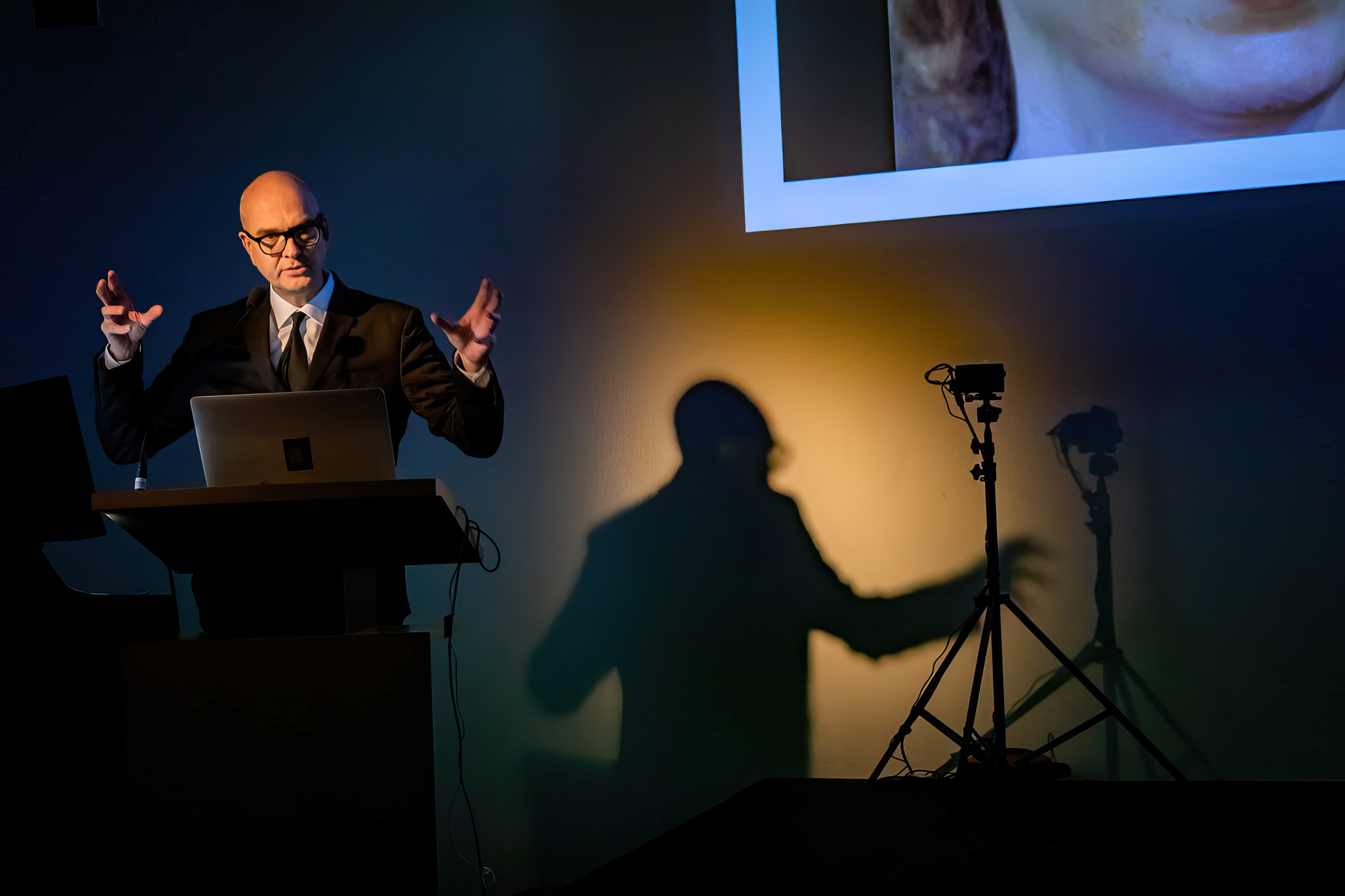
Boris Eldagsen, 1970, studied photography and visual arts at the Mainz Academy of Art, conceptual and intermediate art at the Prague Academy of Fine Arts, and fine arts at the Sarojini Naidu School of Arts & Communication in Hyderabad, India. Furthermore, he studied philosophy at the Universities of Cologne and Mainz. Boris received the “Prix Voies Of” in Arles (2013) and the “Photography Show Award” at the FORMAT Festival in Derby (2015). Since 2014 Boris has been a member of the Deutsche Fotografische Akademie and responsible for their online activities.
Photo credit: 1. photo by Alex Schwander 2. Ai Image by Boris Eldagsen 3. Photograph by Boris Eldagsen 4. photo by Wolfang Zurborn . All images are © by their respective authors. Thanks to Boris for sharing all this contents.

